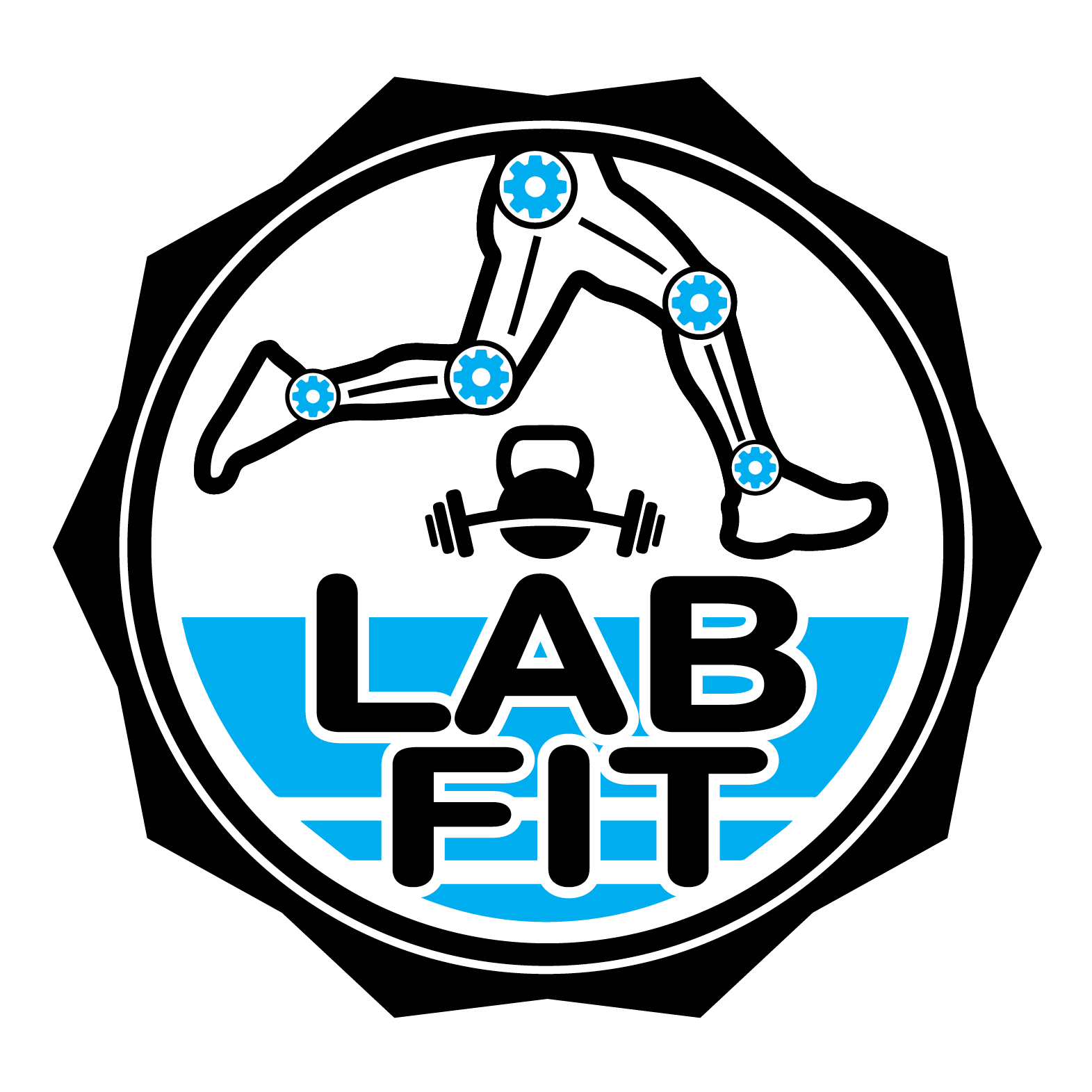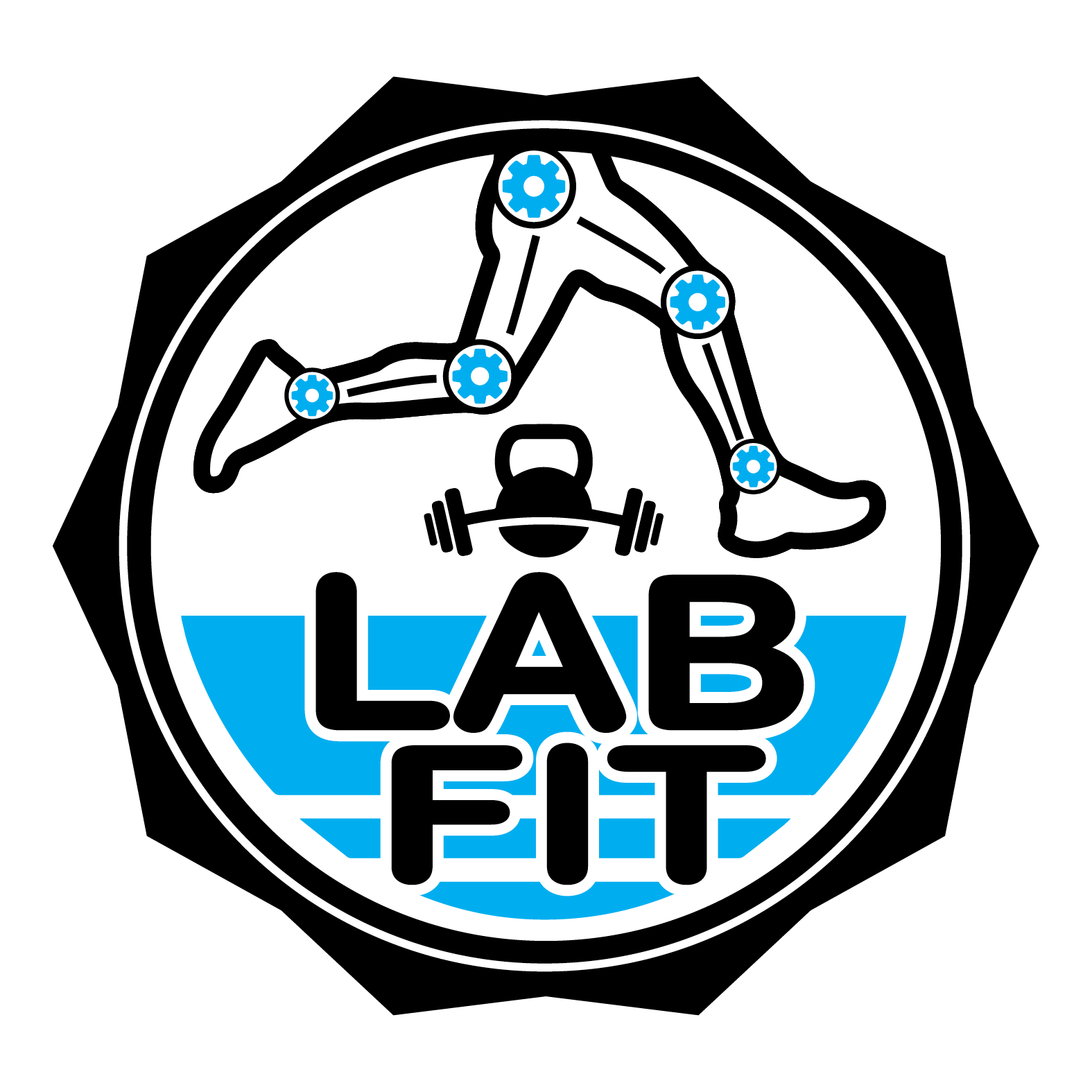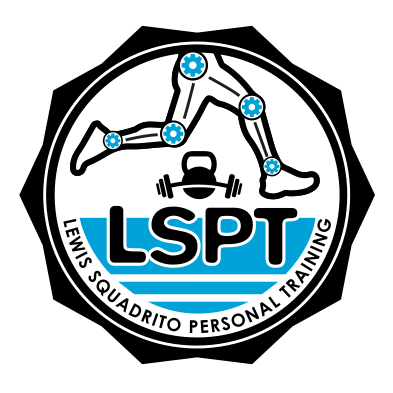Upright rows are a popular exercise used to strengthen the shoulders and upper back. However, the mechanics of this exercise pose significant risks to the shoulder joint, leading many fitness professionals who are mechanically minded to advise against its inclusion in workout routines. The issue lies in the combination of internal rotation and elevation of the shoulders, which conflicts with the shoulder’s natural movement patterns and physiology.
When performing an upright row, the arms are lifted in front of the body with the hands close together, leading to internal rotation and elevation of the shoulder. This movement places the shoulder in an impinged position, where there is increased risk of compressing the tendons and bursa within the shoulder joint. Specifically, the end position of an upright row closely mirrors the position used by physiotherapists to provoke irritation in the supraspinatus tendon, a test for shoulder impingement. This similarity is alarming because it demonstrates that the exercise puts the shoulder into a vulnerable state, which is exacerbated when performed under heavy loads.
The upright row forces the shoulder into an unnatural position, increasing the likelihood of wear and tear on the joint structures. The risk is particularly high for individuals who already have shoulder mobility issues or previous injuries. Continuously placing high loads on the shoulder in this compromised position can lead to long-term damage, including tendinitis, bursitis, shoulder impingement and even tears in the rotator cuff tendons.
For those seeking to train their shoulders while avoiding the risks associated with upright rows, the high pull presents a superior alternative. This exercise mirrors the basic movement pattern of the upright row but optimizes it for better shoulder health and posture. The high pull distinguishes itself by promoting a more natural arm and shoulder position, ensuring the targeted muscle groups are engaged without unnecessary strain. During the exercise, weights are pulled from the hips to a position near the chin. However, unlike the upright row where the elbows lead and finish above the hands, the high pull concludes with the hands leading, guiding the movement into external rotation with the hands finishing slightly above the elbows. This adjustment fosters external rotation of the shoulder, keeping the joint in an anatomically favorable alignment. Such a modification not only reduces the risk of injury but also enhances strength development by aligning with the shoulder’s natural mechanics.


